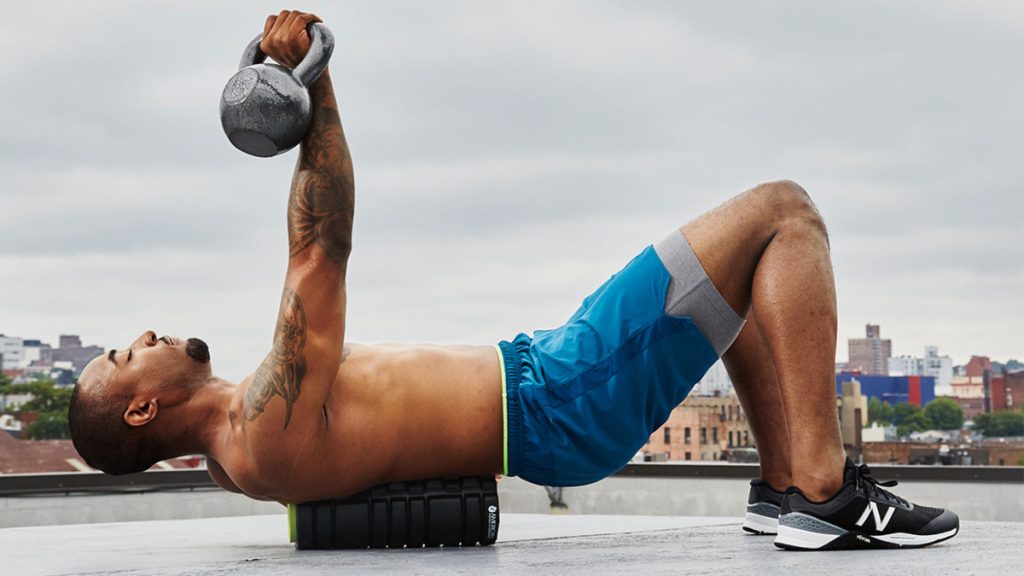
Elbow pain can be a frustrating and uncomfortable experience, particularly if it interferes with daily activities or exercise routines. There are many potential causes of elbow pain, including injury, overuse, and conditions such as tennis elbow or golfer’s elbow. While there are many treatment options available, foam rolling can be a simple and effective way to alleviate elbow pain and promote healing. In this article, we’ll explore the specifics of how to use a foam roller for elbow pain relief.
First, let’s discuss why foam rolling can be helpful for elbow pain. Foam rolling is a form of self-massage that uses a foam roller to apply pressure to specific areas of the body. This pressure can help to break up adhesions and knots in the muscles and connective tissue, improving circulation and promoting healing. Foam rolling can also help to increase range of motion and reduce inflammation.
Before you begin foam rolling for elbow pain, it’s important to identify the specific area or areas that are causing discomfort. Some potential areas to focus on include:
The muscles of the forearm: The muscles of the forearm play a crucial role in wrist and elbow movement. If these muscles are tight or overworked, they can contribute to elbow pain.
The triceps: The triceps muscle runs along the back of the upper arm and is responsible for extending the elbow. Tightness in this muscle can contribute to elbow pain, particularly if you perform a lot of pushing exercises.
The biceps: The biceps muscle runs along the front of the upper arm and is responsible for bending the elbow. Tightness in this muscle can contribute to elbow pain, particularly if you perform a lot of pulling exercises.
Once you’ve identified the specific areas that are causing your elbow pain, you’re ready to start foam rolling. Here’s how to do it:
Choose the right foam roller
Foam rollers come in a variety of shapes and sizes, so it’s important to choose the right one for your needs. For foam rolling the elbow, a smaller foam roller (around 12 inches) is ideal. You’ll also want to choose a roller with a medium density – not too soft, and not too firm.
Get into position
To foam roll your elbow, start by sitting on a chair or bench with your affected arm resting on the foam roller. The foam roller should be positioned at the top of your forearm, just below your elbow. Use your other hand to support your arm and help you roll the foam roller up and down.
Apply pressure
As you roll up and down your forearm, you’ll want to apply pressure to the tight areas. This can be done by shifting your weight onto the foam roller or by using your other hand to press down on the roller. It’s important to start with light pressure and gradually increase as you get used to the sensation.
Spend time on the tight spots
As you roll up and down your forearm, you’ll likely notice areas that feel particularly tight or tender. When you come across these spots, spend a little extra time working on them. You can do this by pausing your rolling motion and holding the foam roller in place on the tight spot for 10-20 seconds.
Don’t forget the triceps and biceps
While the muscles of the forearm may be the main target, it’s also important to foam roll your triceps and biceps. Tightness in these muscles can contribute to elbow pain, so it’s worth spending some time on them as well. To foam roll your triceps, lie face down on the floor and place the foam roller under your upper arm. Roll up and down the length of your triceps, applying pressure to any tight or tender areas. To foam roll your biceps, sit on the floor with your legs extended in front of you and place the foam roller under your upper arm. Roll up and down the length of your biceps, applying pressure to any tight or tender areas.
Stretch afterward
Once you’ve finished foam rolling, it’s important to stretch out the muscles you worked on. This can help to further loosen up the muscles and prevent them from tightening up again. Some good stretches to try include wrist flexor and extensor stretches, triceps stretches, and biceps stretches.
When should you foam roll for elbow pain?
Foam rolling can be done before or after exercise, or any time you’re feeling particularly tight or uncomfortable. Some people find that foam rolling before a workout helps to warm up their muscles and prevent injury. Others prefer to do it after a workout as a way to cool down and promote recovery. You can also foam roll on days when you’re not exercising, particularly if you’re experiencing ongoing elbow pain.
It’s important to note that foam rolling should not be the only form of treatment you use for elbow pain. If your pain is severe or persists for an extended period of time, it’s important to see a healthcare professional for evaluation and treatment recommendations.

